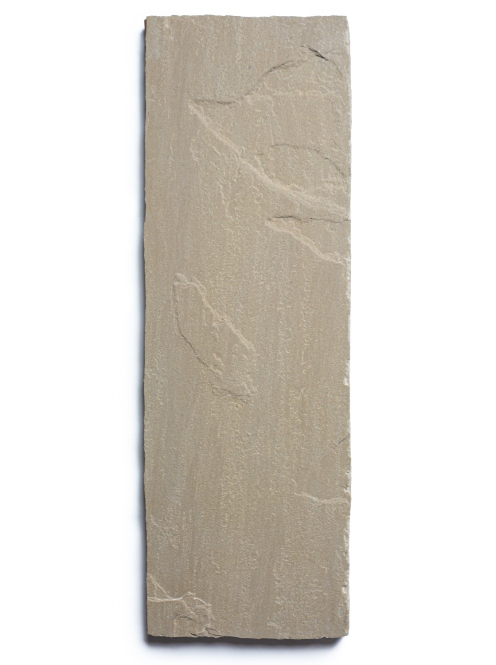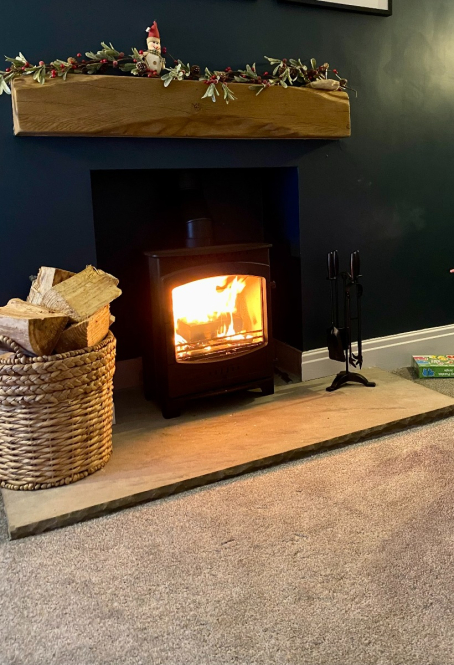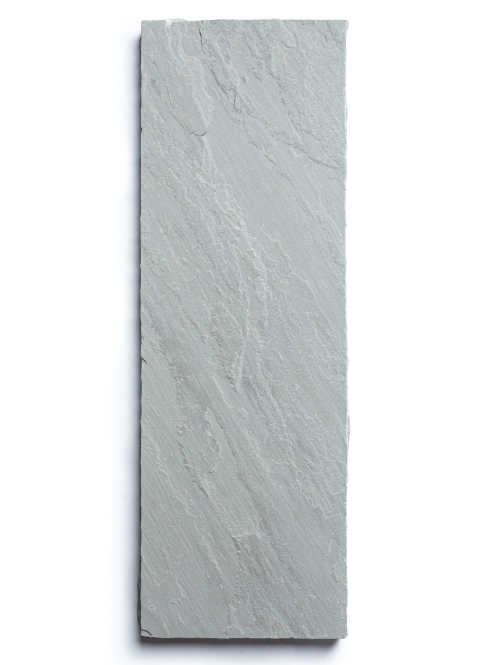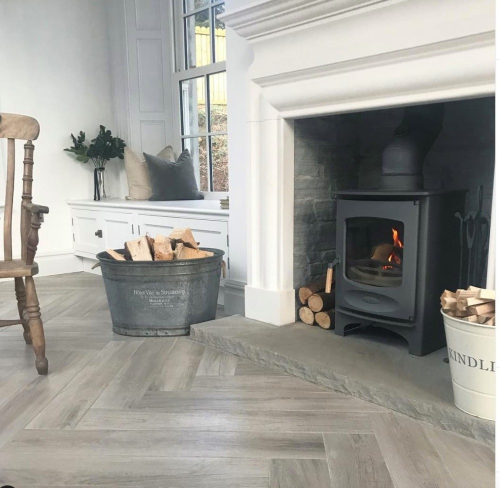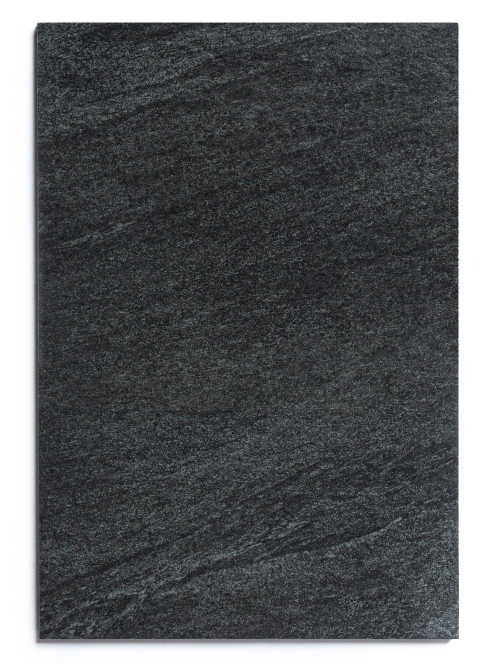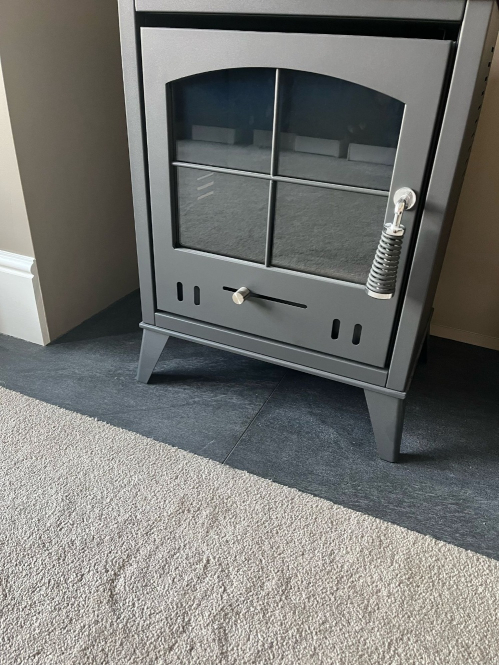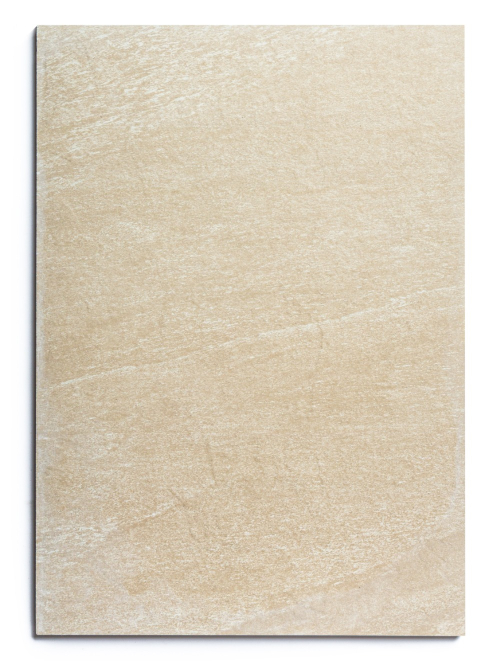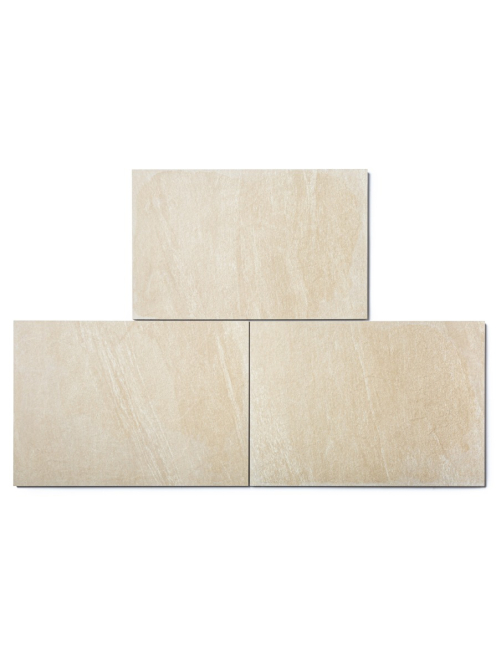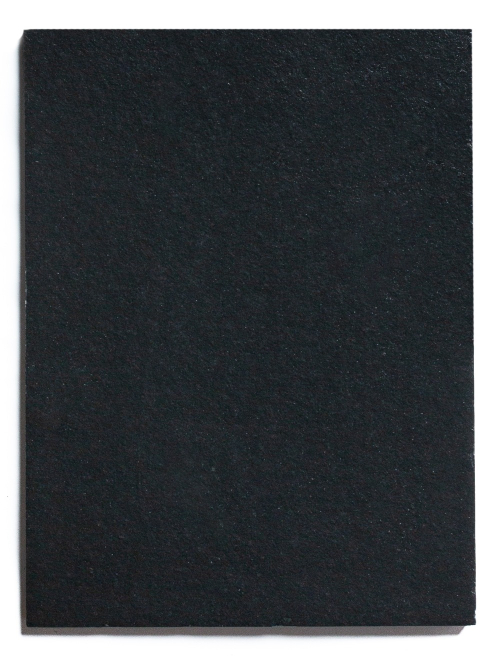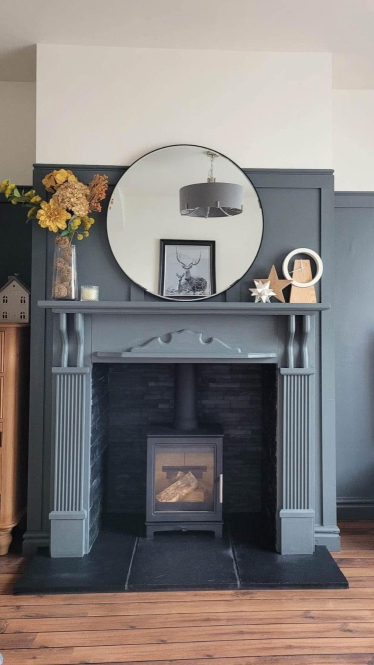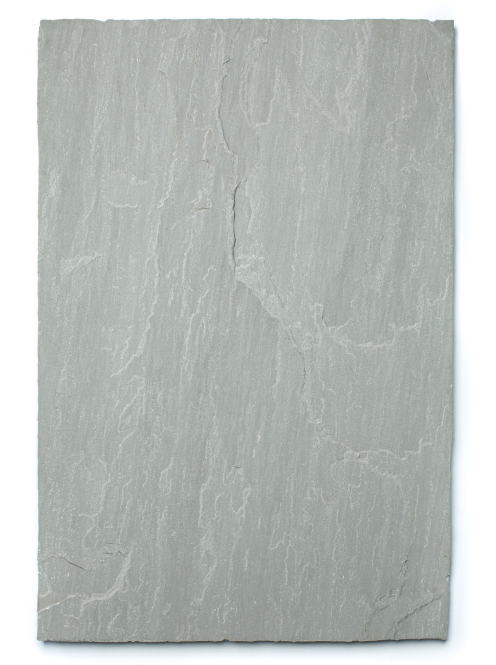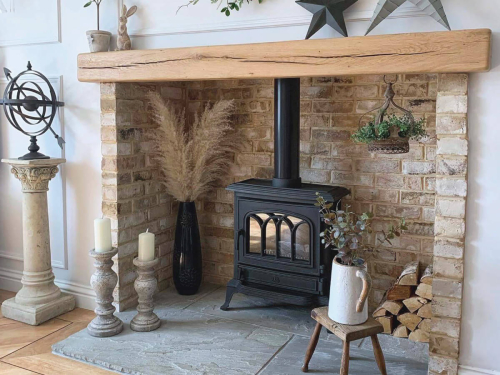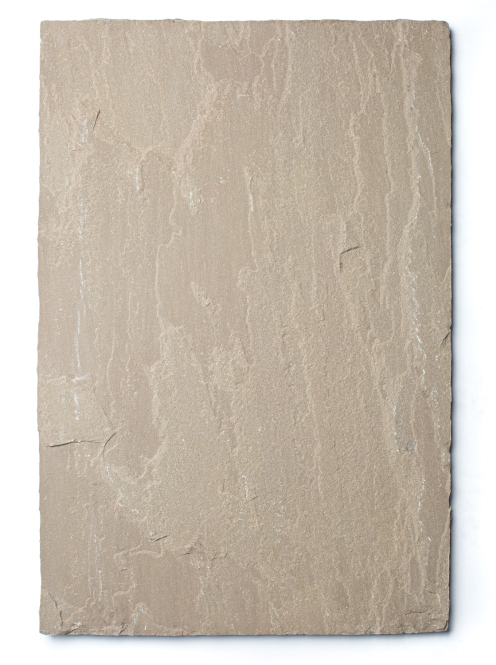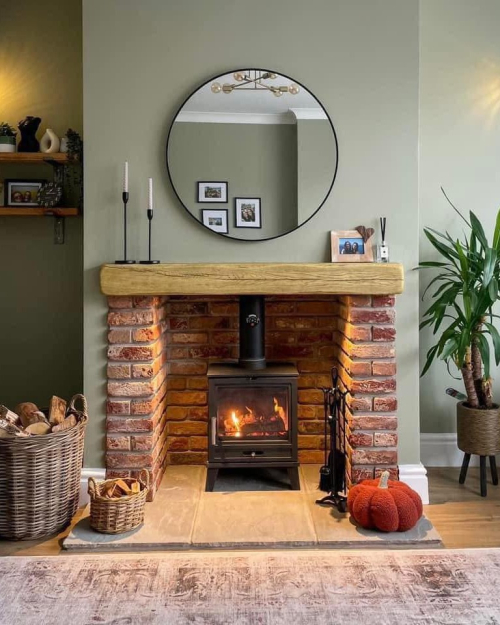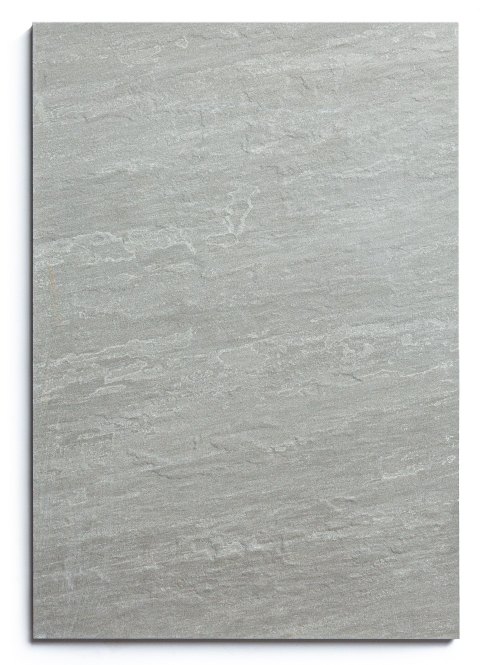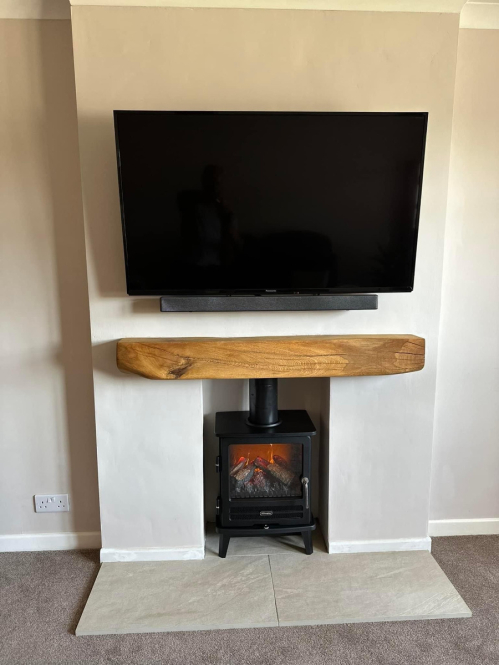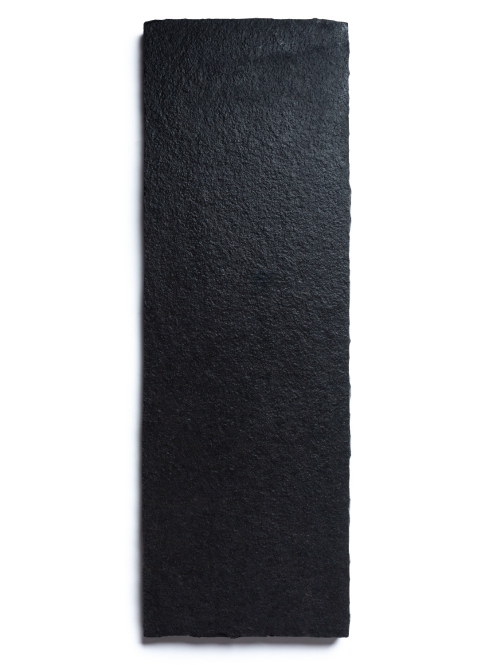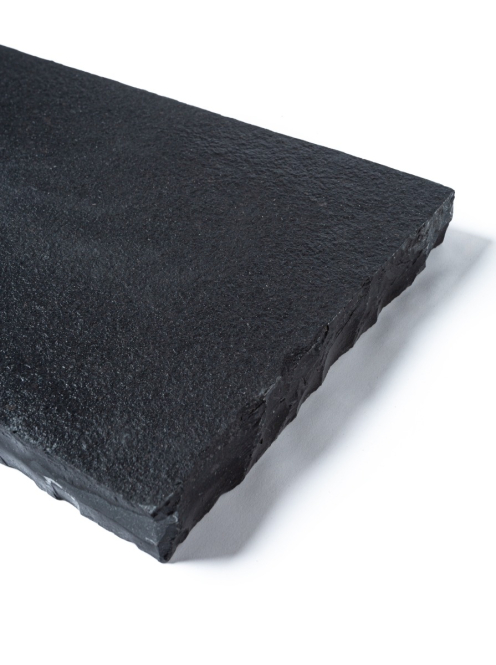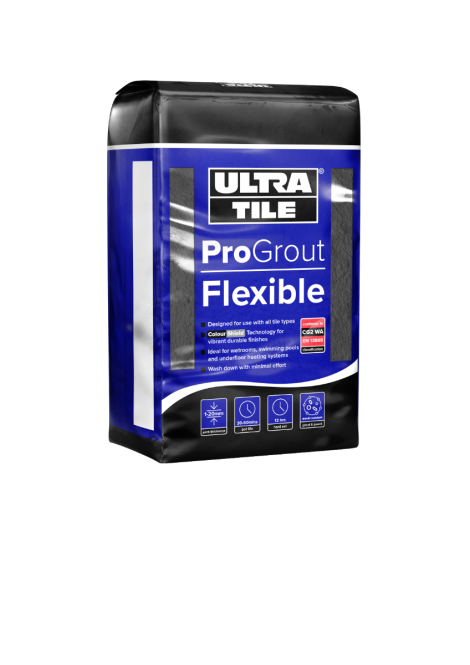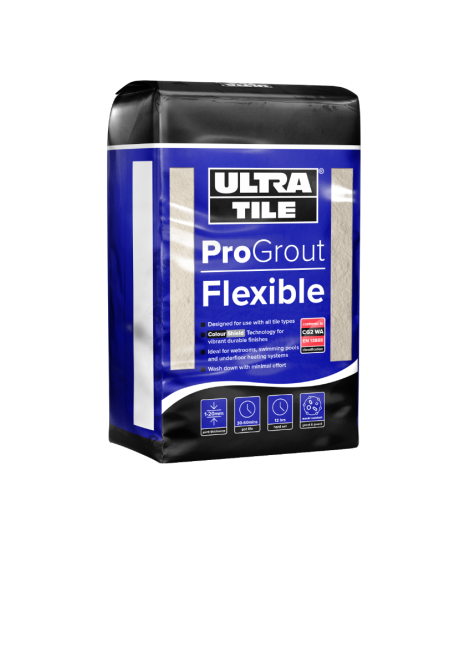Fireplace Hearths
Stone Hearths are a great way to frame your fireplace, stove and log burner. Hearths also protect your flooring and surrounding materials from the fire embers or general fire building materials such as wood, lighters and coal. Many heating appliances require a hearth to conform to UK regulations, however our hearths are available in various materials, sizes, shapes and styles to suit all interiors so we're confident you'll find the perfect piece for your fireplace or stove.
Browse our beautiful range of natural stone hearths for your fireplace today and remember if you need any assistance, you can call our helpful team on 01482 688008 or Email us sales@meltonstone.co.uk
Fireplace Hearths
How thick does my fireplace hearth stone need to be?
Fireplace hearth stones must be a minimum of 16mm thick and made from a dense material such as natural stone or tile. The most common materials for fireplace hearths are sandstone, slate and we are now finding 20mm porcelain tiles very popular for a more modern appearance.
Does my fireplace need a hearth?
Most building codes and regulations state that all gas, electric, log and wood burning stoves must be seated onto a fireplace hearth. The hearth must be made from a non-combustible material to protect the flooring from heat and any falling embers.
Do I need to seal my brick fireplace walls?
It is not a necessity to seal fireplace brick walls but it will make them easy to wipe clean with soot and dust if the bricks have been sealed around an open fireplace. However, if you have an open fireplace it often adds character with some markings on the bricks, very much like an old pub that has stood the test of time!
Can I use a tile for a fireplace hearth?
Yes, you can use a porcelain tile for a fireplace as long as the tile is 20mm thick. You must ensure that the tile is 20mm thick as it will then comply to regulations of heat absorption.
Is porcelain safe to use as a fireplace hearth?
There are many fireplace-safe tile options, including ceramic, porcelain, glass, and concrete tile. Tile can be used as a surround accent or extend over the entire fireplace wall for a dramatic focal point. With many of colors there is a tile option to fit any space and design style.

